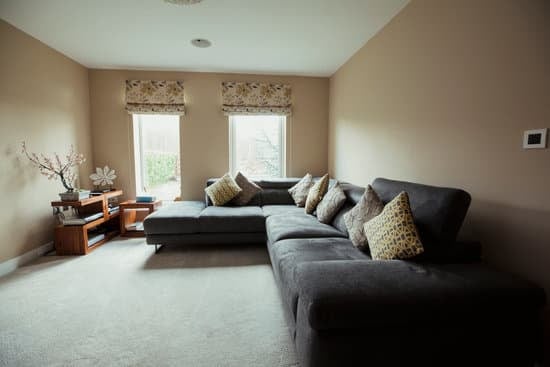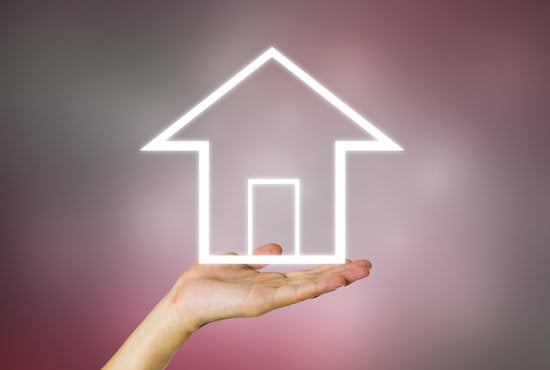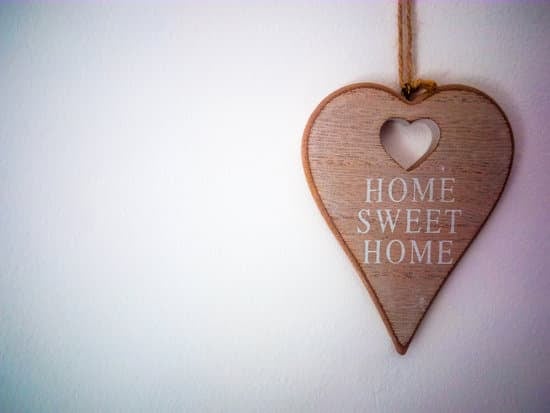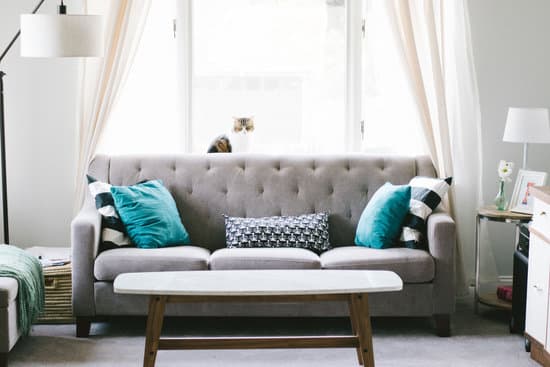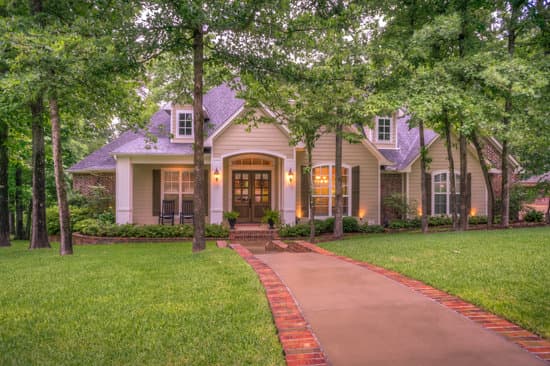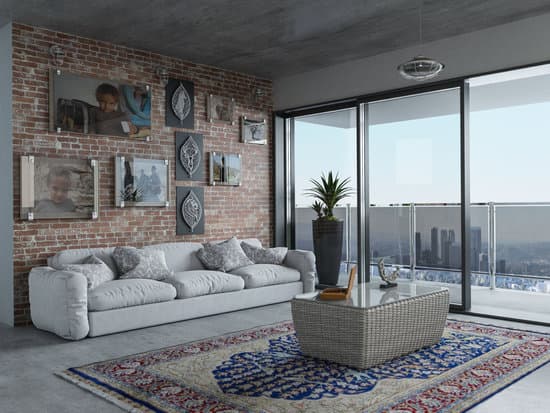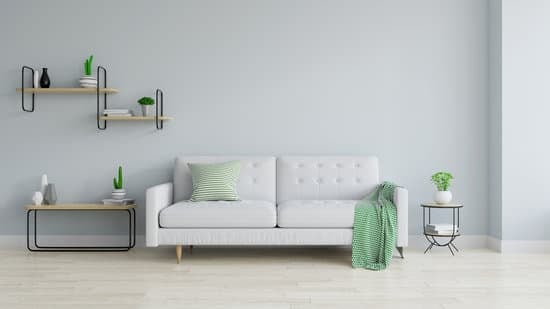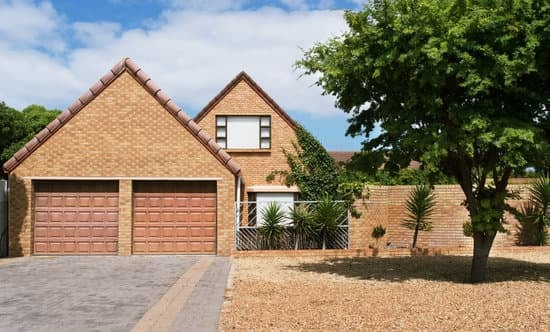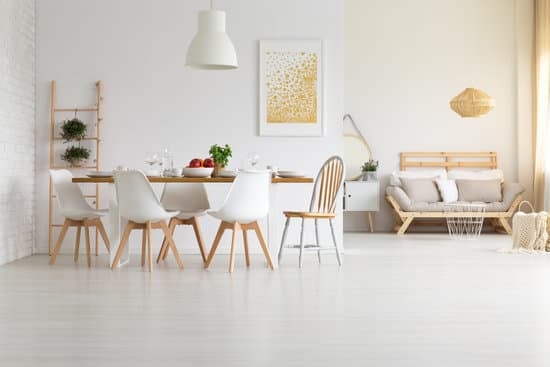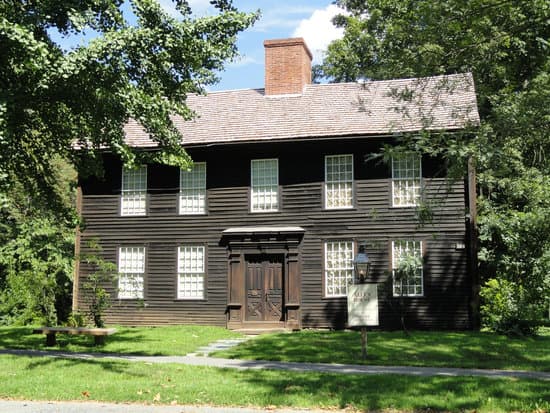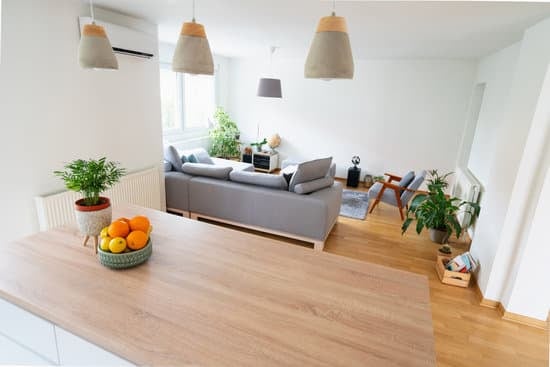The Definition of Prefab
You may have heard the term prefab being thrown around in conversations about architecture and construction, but what exactly does it mean? Put simply, prefab stands for prefabricated, which means made beforehand. Contrary to popular belief, prefab does not mean before fabulous. Prefab products are created through a modular building process wherein they are constructed in sections, or modules, that are easily transported and assembled to create a final product. Prefab structures can include homes, offices, schools, and even entire buildings.How Prefab Products are Made
Prefab products are made through a streamlined, systematic process that involves the creation of parts in a factory setting, before being transported to the construction site. Here’s a breakdown of how modular building methods work:- Design phase: The design of the prefab structure starts with architects and engineers drawing up detailed plans.
- Factory manufacturing: The individual components of the structure are manufactured in a factory setting.
- Transportation: The components are then transported to the construction site.
- Assembly: Once on-site, the components are assembled to create the final product.
The Benefits of Prefab
Prefab construction offers a range of benefits for both builders and end-users. These include:- Cost savings: Due to the streamlined manufacturing process, prefab products are often less expensive than those constructed on-site.
- Quick construction time: Prefab structures can be built in a matter of weeks, rather than the months it takes to construct traditional buildings.
- Quality control: Prefab products are built in a factory setting, which allows for better quality control and consistency in the final product.
- Customization: Despite the standardized manufacturing process, prefab products can be customized to meet specific needs and design preferences.
Prefab Homes: A New Trend in Home Building
Prefab homes are becoming an increasingly popular choice for homeowners due to their affordability, versatility, and streamlined construction process. Prefab homes can range from small, simple designs to more complex structures with multiple stories and unique shapes. Many prefab home manufacturers offer a range of customization options, allowing homeowners to choose finishes, fixtures, and appliances to suit their needs and tastes.The Affordability of Prefab
One of the major benefits of prefab construction is its affordability. Due to the standardized manufacturing process, prefab products are often less expensive than their traditional counterparts. This cost savings can be particularly beneficial for those looking to build a custom home on a budget. Additionally, prefab homes are often designed to be energy-efficient, leading to lower utility bills and greater cost savings over time.Sustainability and Modular Building Methods
Prefab construction is also environmentally-friendly due to its minimal waste and energy-efficient design. In addition, many prefab manufacturers use sustainable building materials and methods, such as recycled steel and reclaimed wood. The streamlined building process also reduces transportation emissions, as components are transported to the site in a more efficient manner than traditional construction.The Versatility of Prefab Structures
One of the unique benefits of prefab construction is its versatility. Prefab structures can be used for a range of purposes, including:- Residential homes: Prefab homes are a popular choice for many homeowners due to their affordability and customizable options.
- Commercial buildings: Prefab structures can be used for office buildings, schools, and public spaces.
- Temporary structures: Prefab structures can also be used for temporary housing, emergency shelters, and event spaces.




